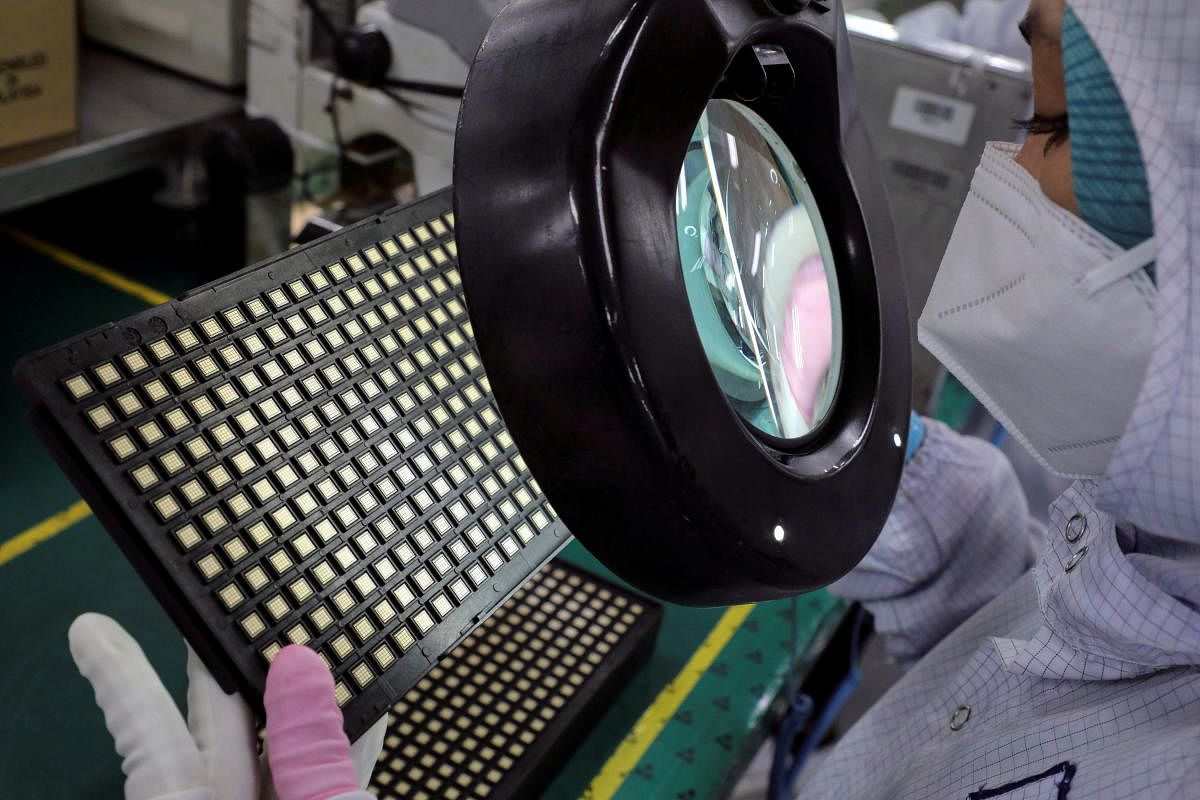
Semiconductor manufacture is an important part of the modern industrial and information economy where India hardly has a presence. It is concentrated in a few countries and much of the world is dependent on them for supplies. Europe, the US and East Asia account for most of the manufacture and supply of semiconductors to the world. So, the Union cabinet’s decision to set aside Rs 76,000 crore for an incentive package to promote "a semiconductor and display manufacturing ecosystem" in India is very welcome. All electronics and IT products, from complex and sophisticated equipment of high value and importance to simple household items, need semiconductors, and that makes them most sought-after commodities. There is a large variety of them and there is a very high degree of specialisation. It is important for India to develop manufacturing capacity to meet some parts of its present and future needs.
The present initiative is to extend the production-linked incentive (PLI) scheme to semiconductors over six years. It intends to provide fiscal support of up to 50% of the project cost for setting up semiconductor and display fabrication units. The plan envisages support for a large range that covers silicon semiconductor fabs, display fabs, compound semiconductors, silicon photonics and sensor fabs, semiconductor packaging, and semiconductor design. It has many details that need to be followed up and implemented in the coming months. A specialised and independent India Semiconductor Mission will also be established and it will be led by global industry experts. The government wants to develop it as a nodal agency to strategise and develop the chip and display industry on a sustainable basis.
A scheme is more easily planned than implemented, especially when it is as challenging as creating a semiconductor production ecosystem. It is a hugely capital-intensive industry that calls for billions of dollars in investments and securing foreign technology and top-class expertise. Keeping pace with fast-advancing technology is daunting. The industry has welcomed the scheme as a big push in the right direction but has also sought more details and clarifications. Most countries, including India, were badly hit during the Covid-19 pandemic as supply chains were disrupted. Some industries cut back production by as much as 50% due to the shortage of chips. Even now there is a waiting period of months for some chips. Developing semiconductor manufacturing capacity is important for strategic and national security reasons, too. Hopefully, the scheme will yield results, unlike earlier plans to develop the industry.